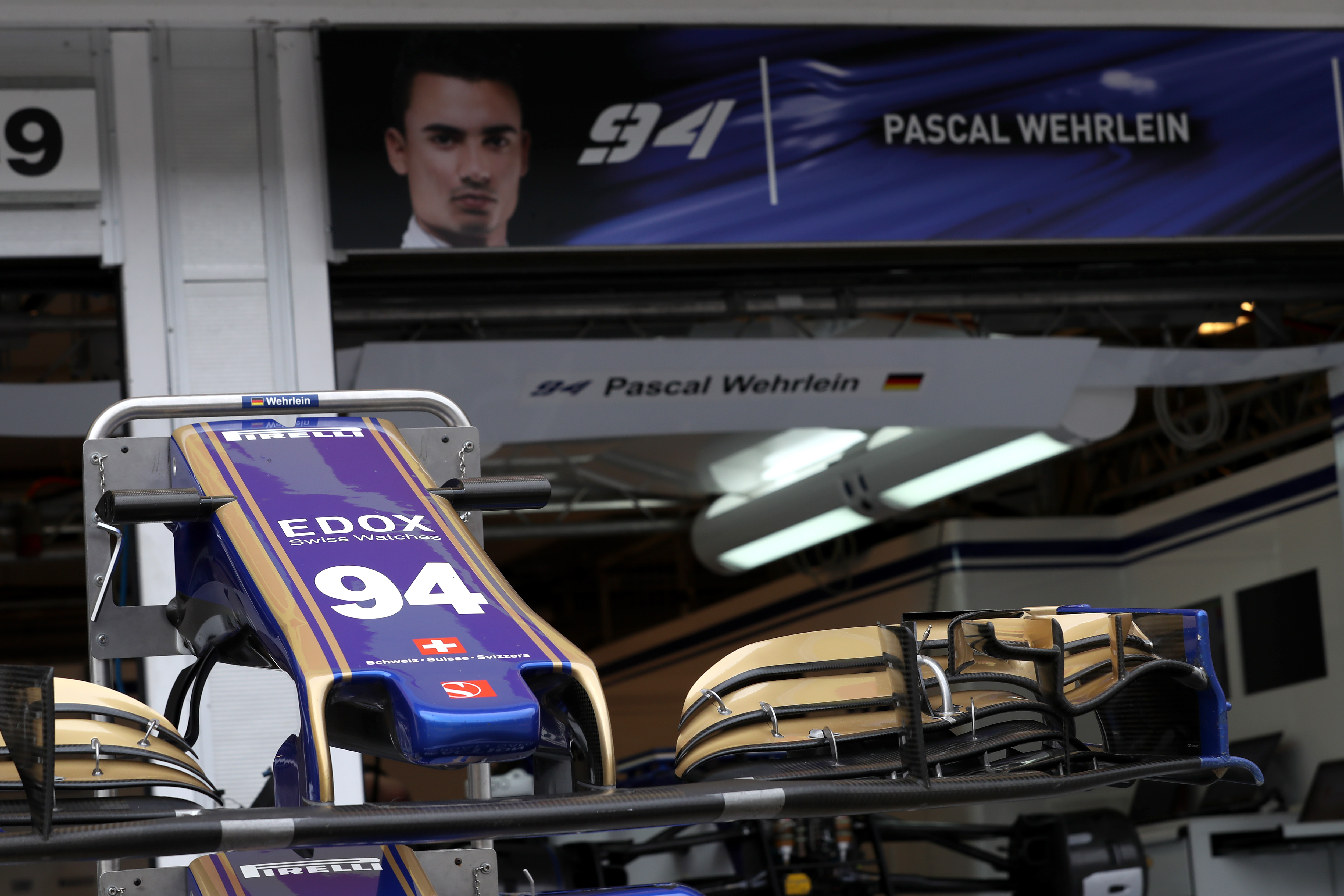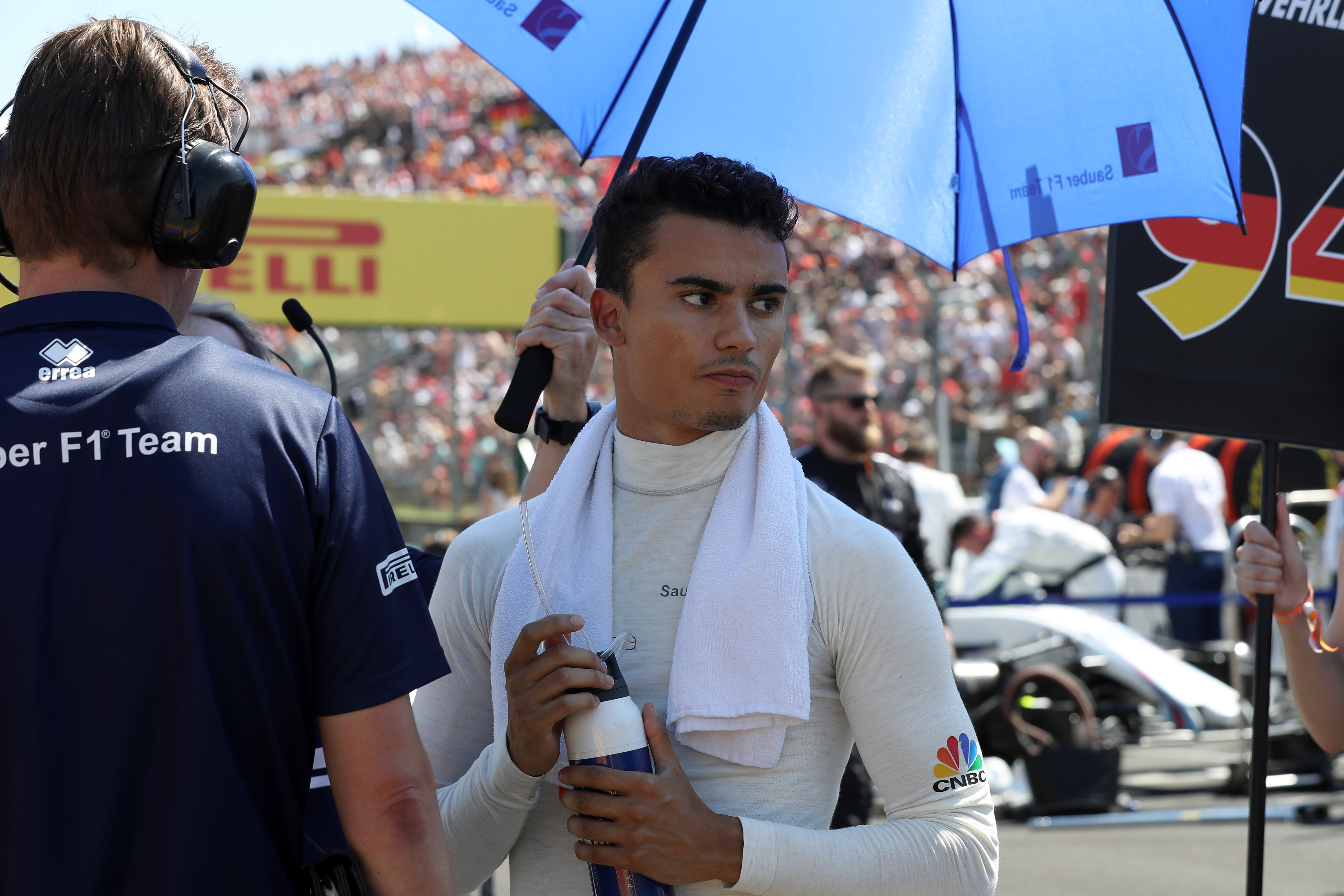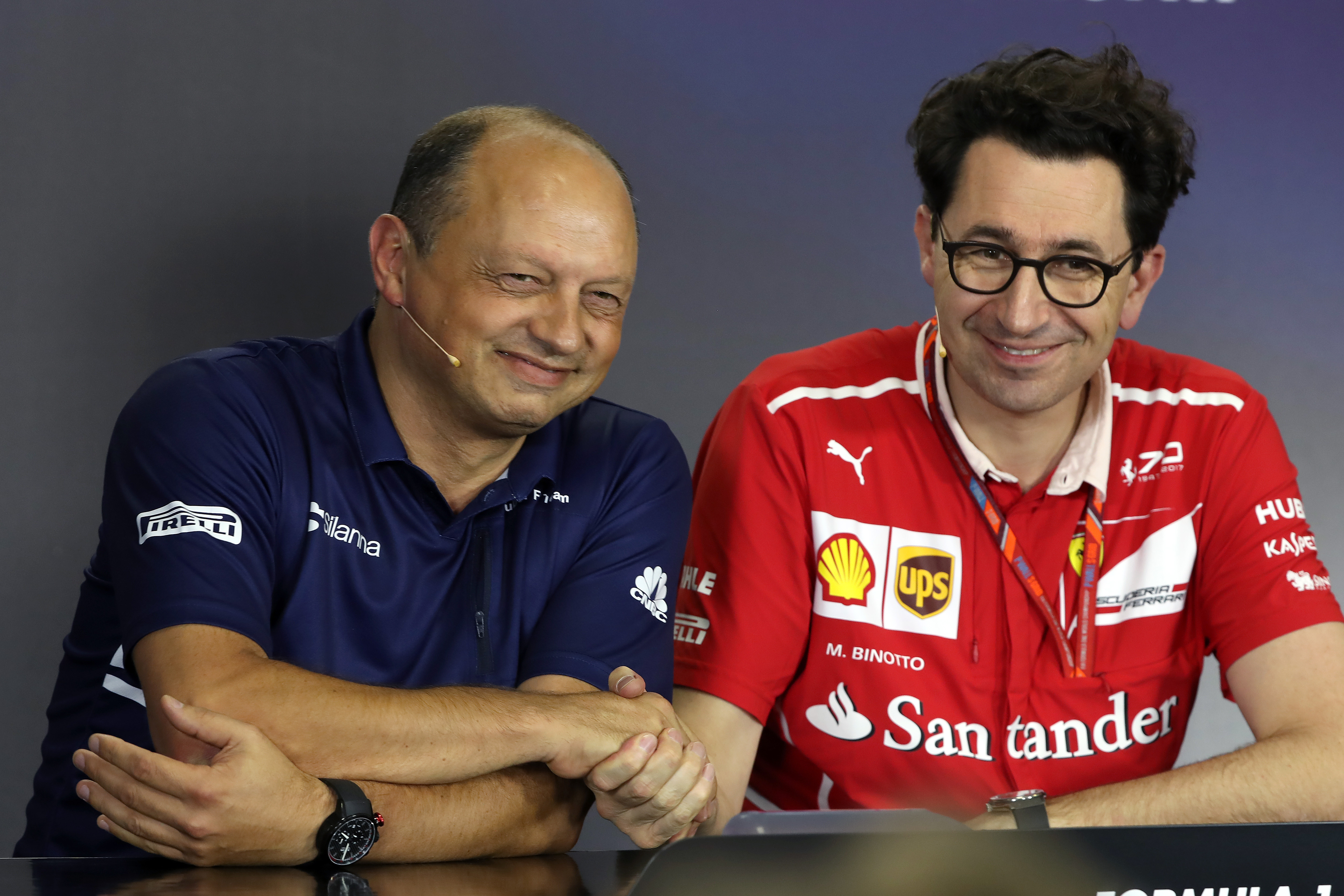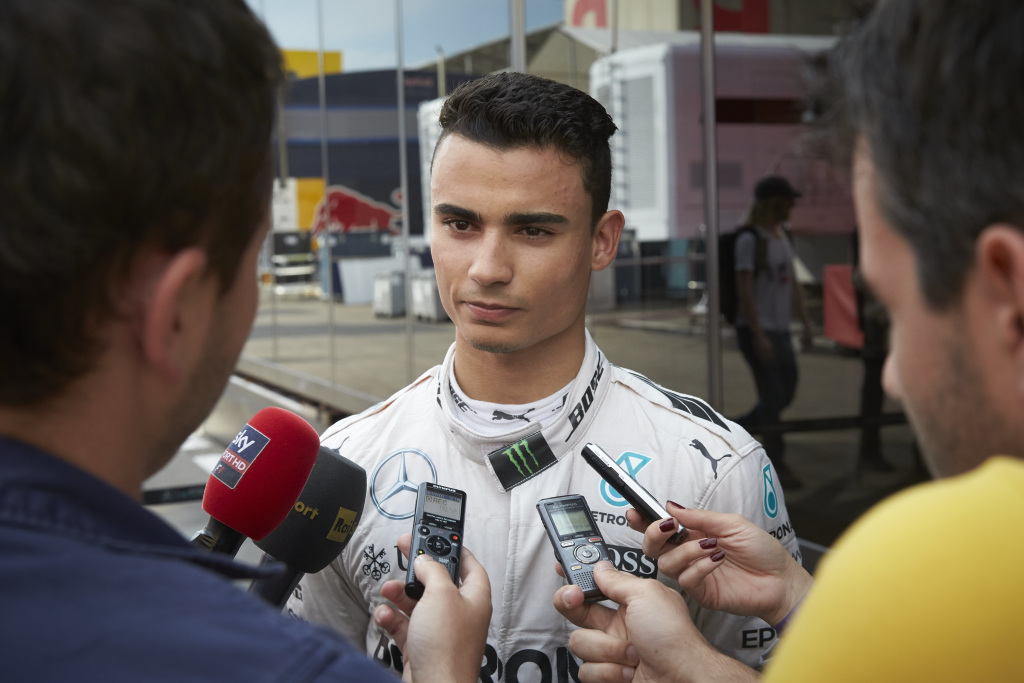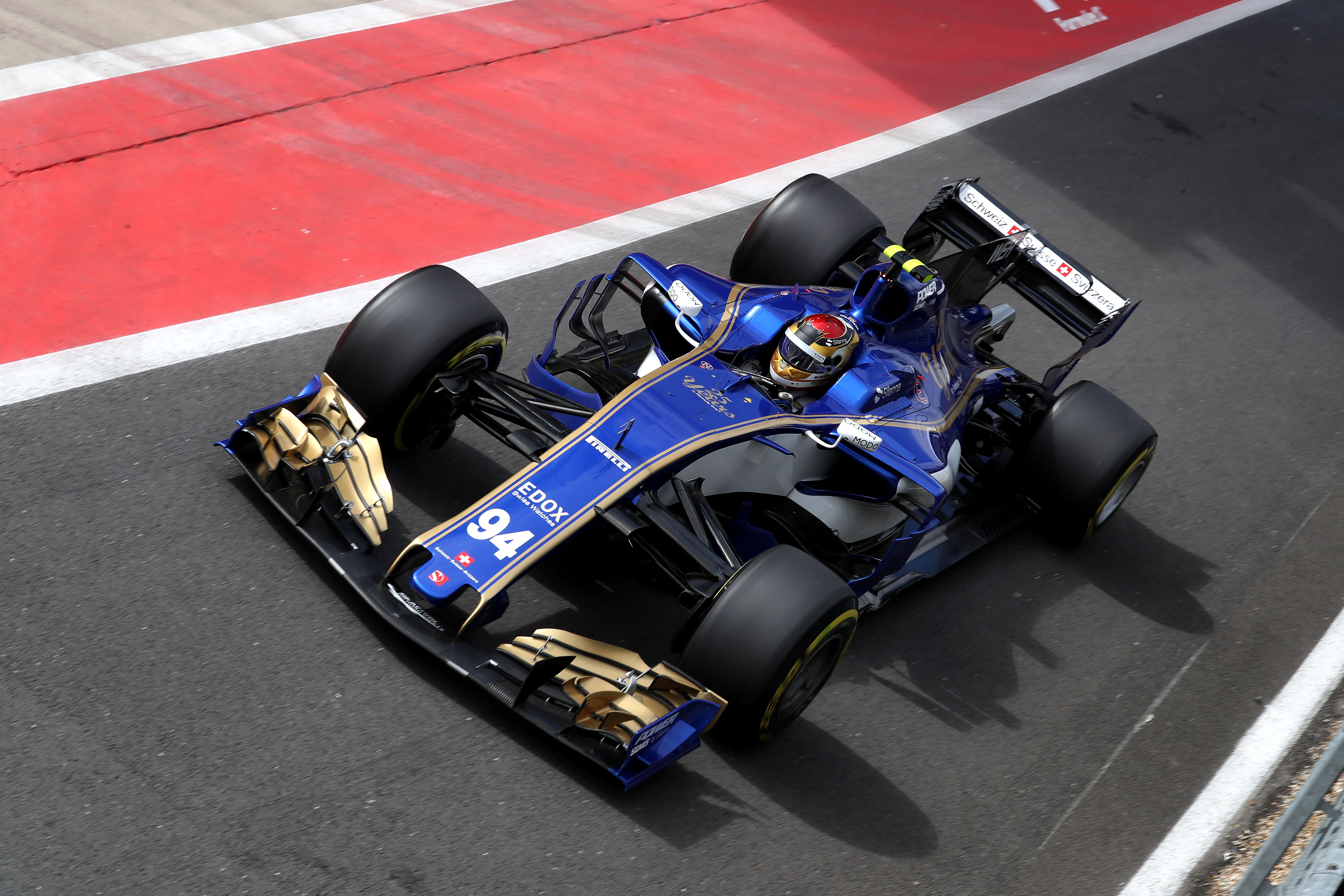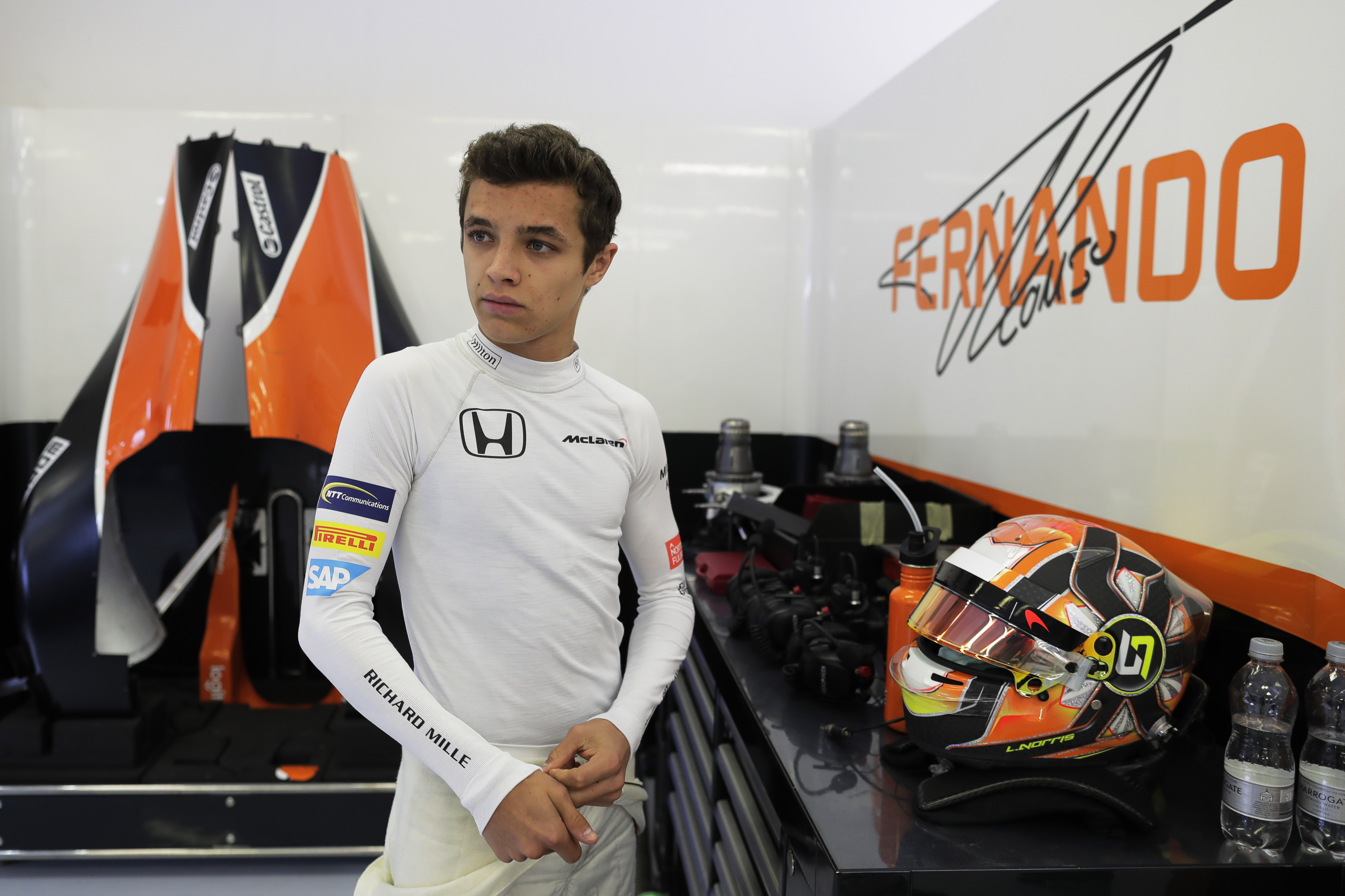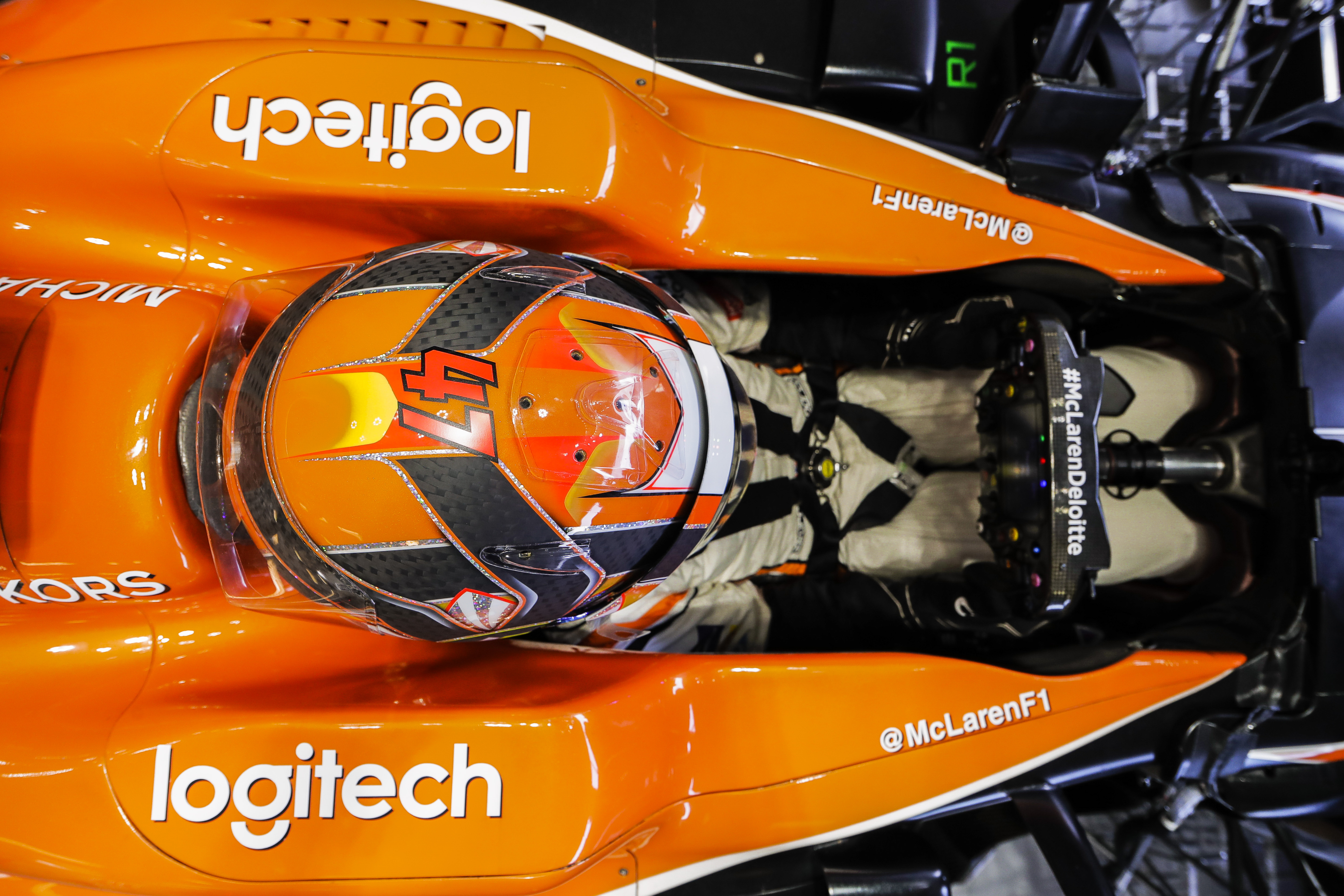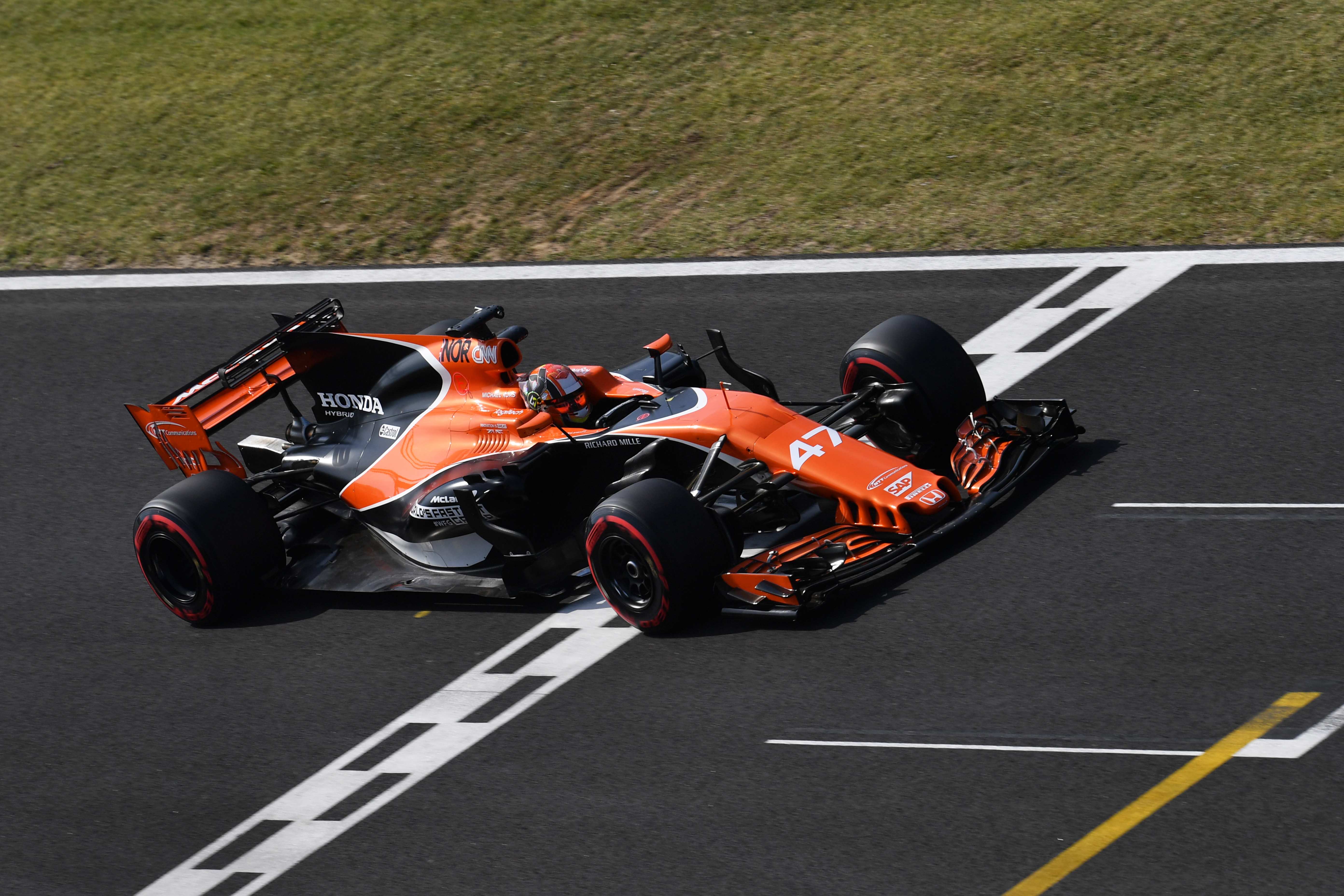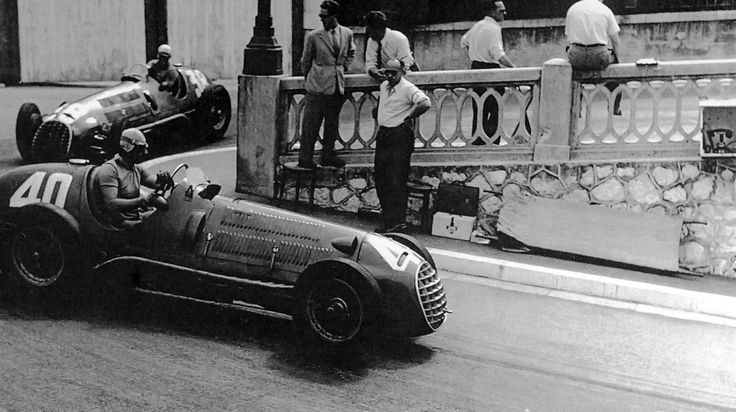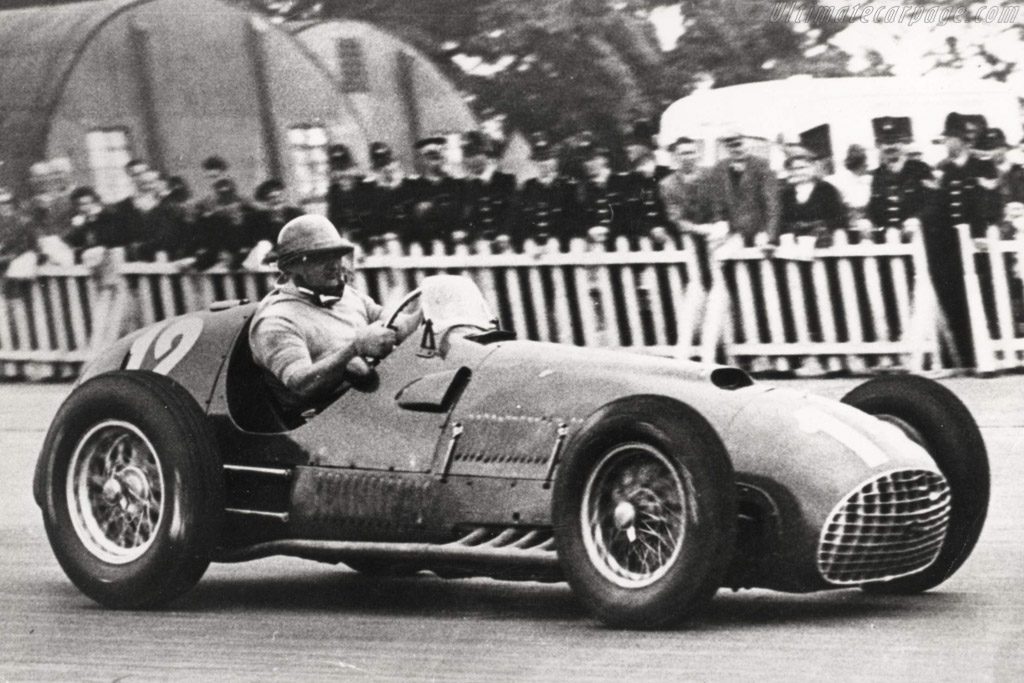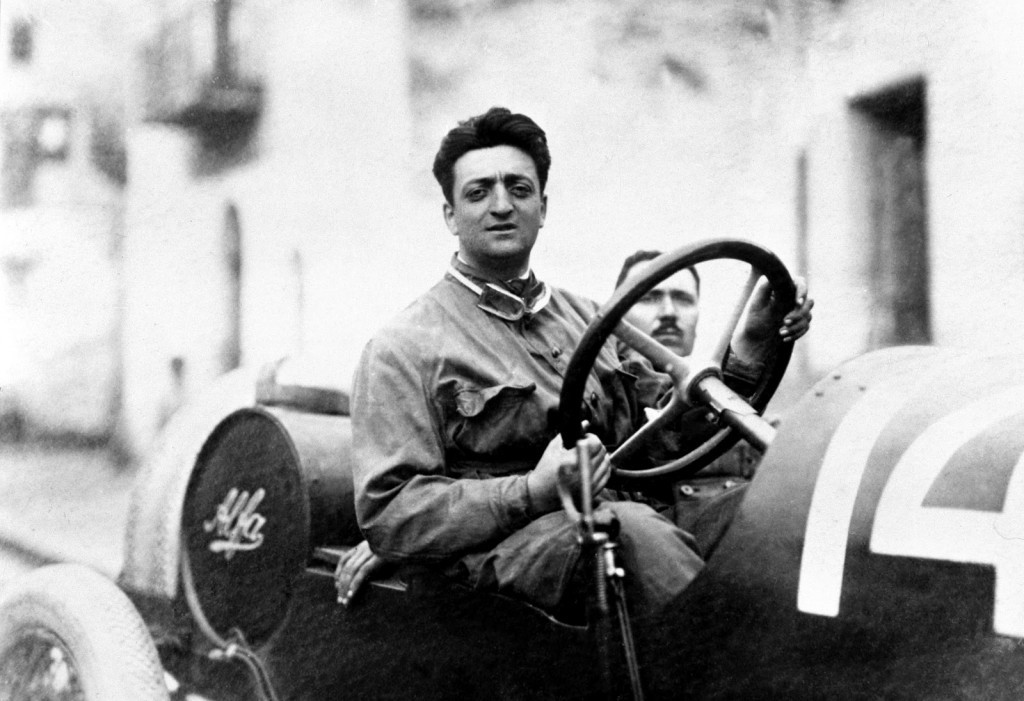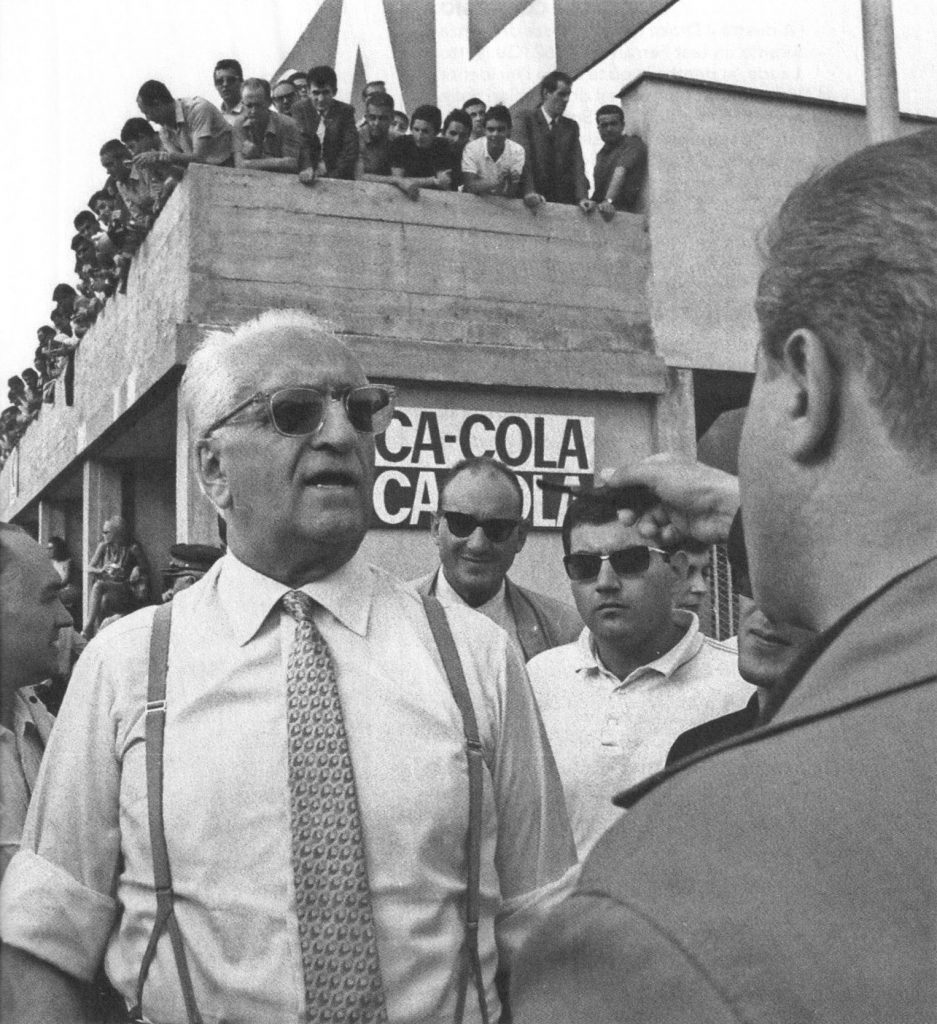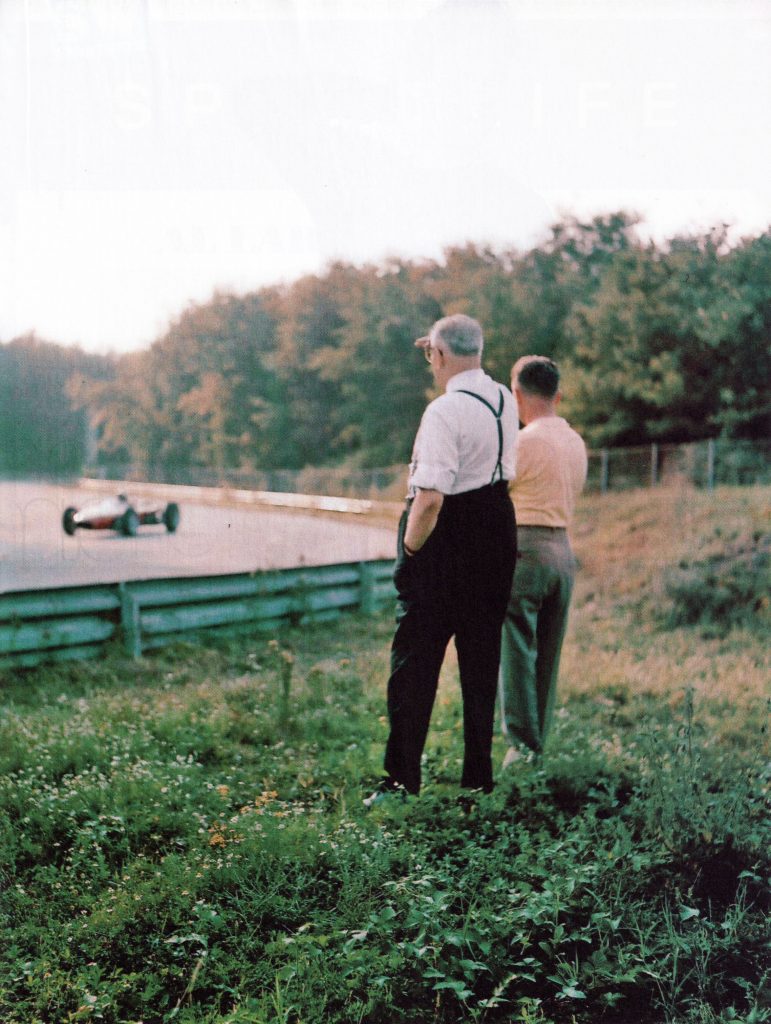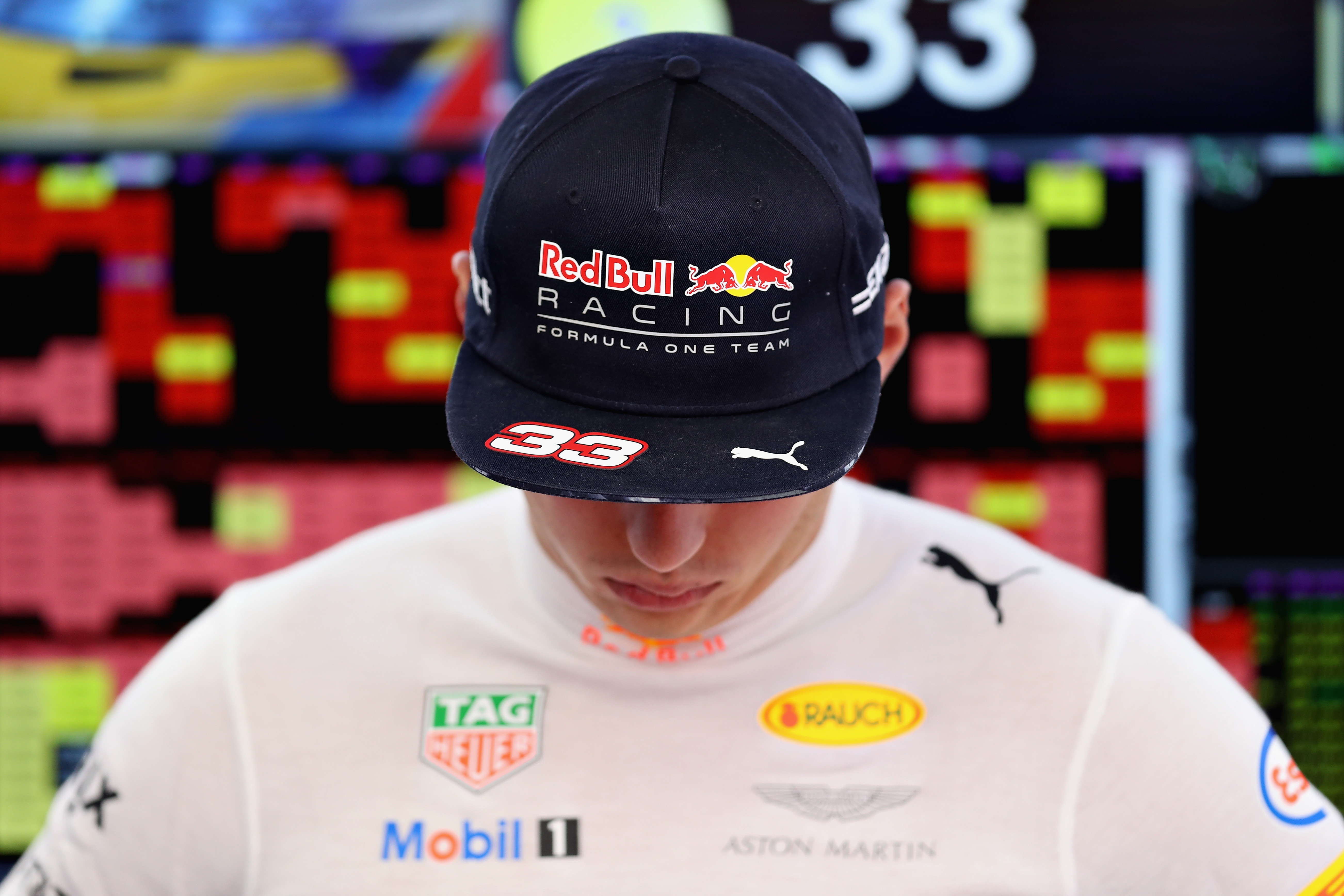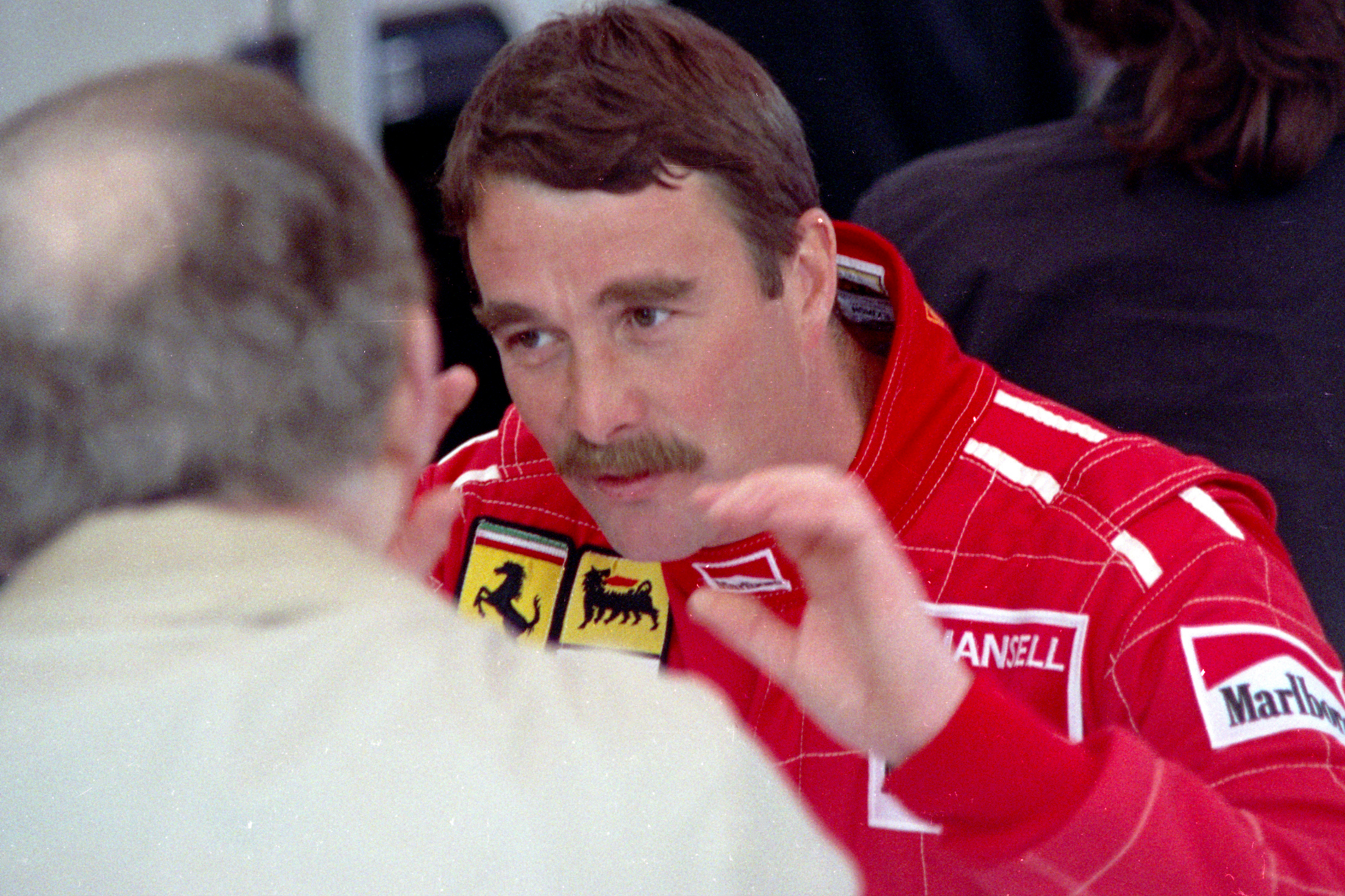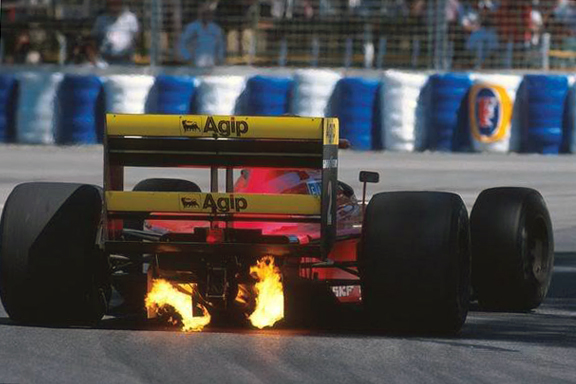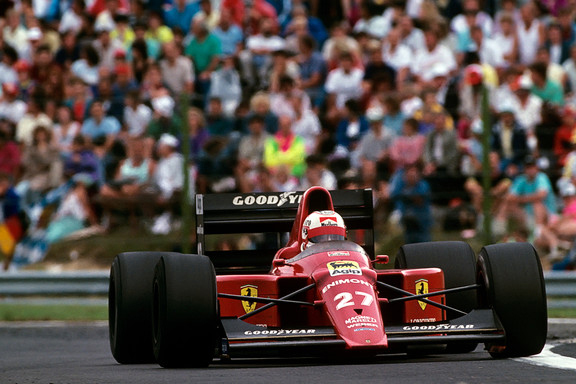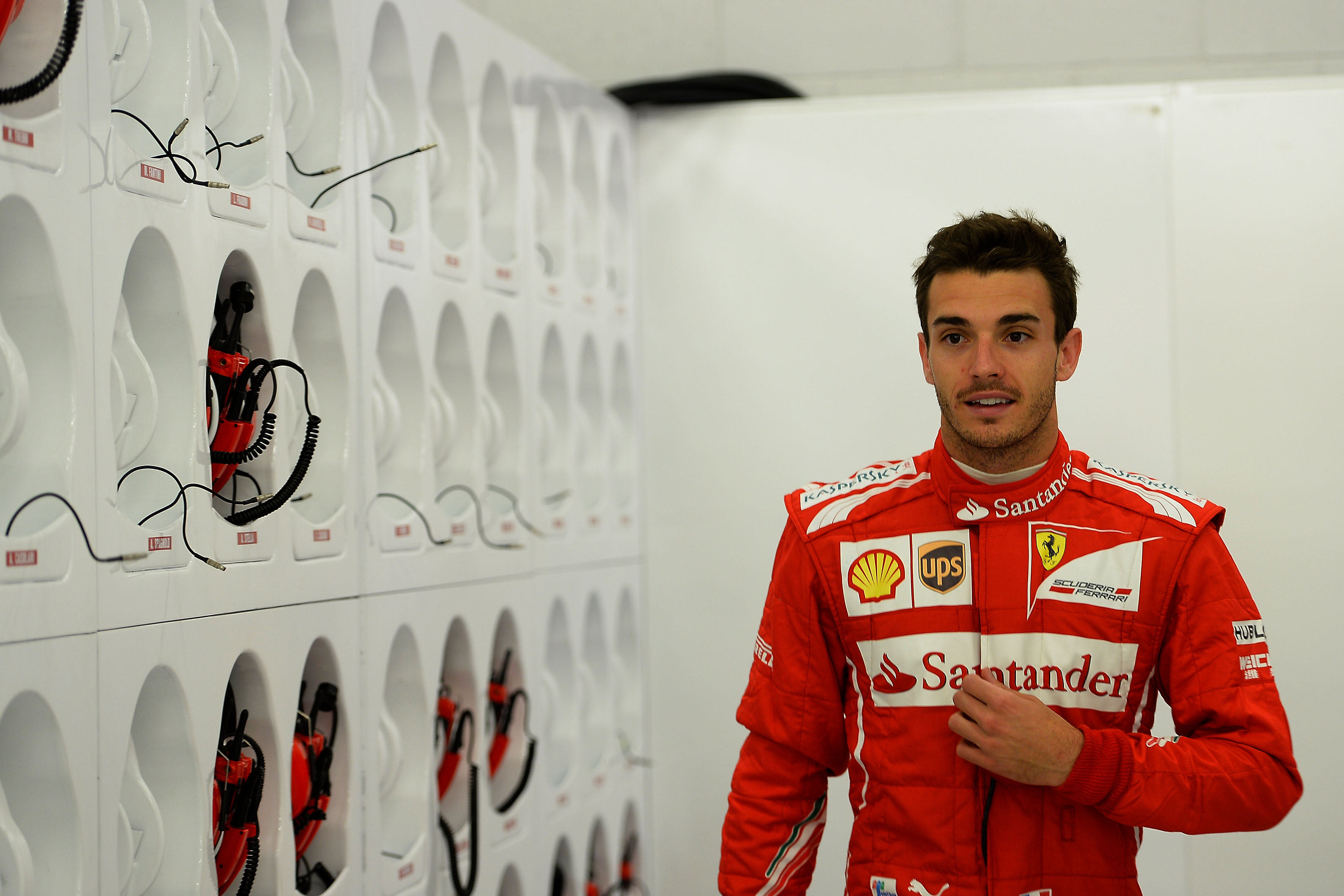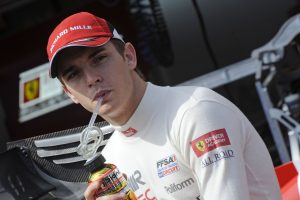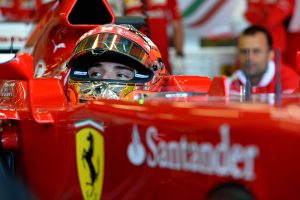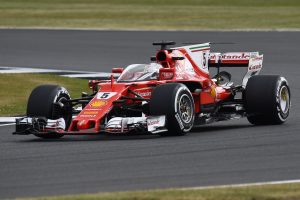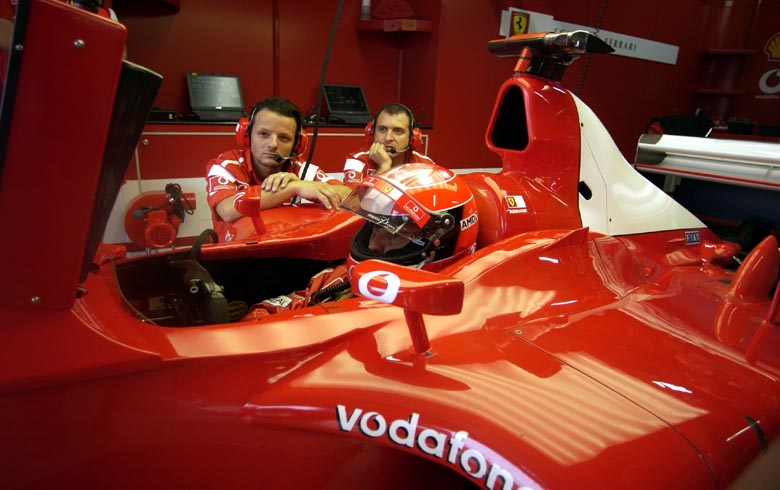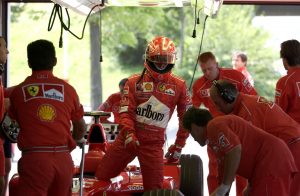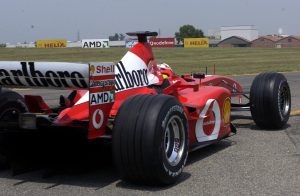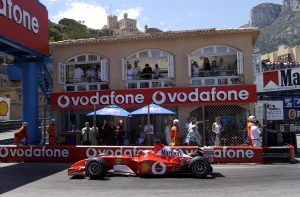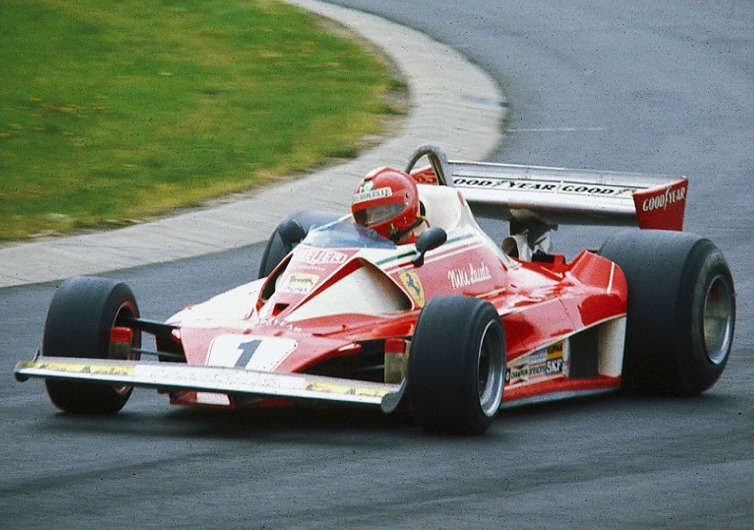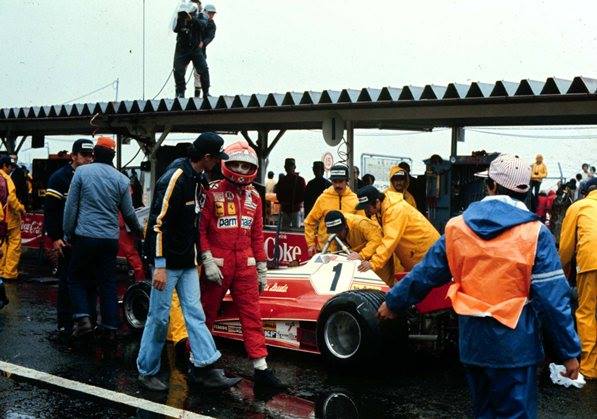As the curtain has fallen on season 3 of Formula E, fans have been treated to a masterclass in the emergence of new dominant forces in the form of drivers and manufacturers alike.
The powerhouse Jaguar joined the electric street racing series this year and while they are still in the infancy stages of development, they certainly are showing promise. Audi committed their future to Formula E to great effect as Lucas di Grassi became the third different champion in three years. Porsche and Mercedes have too committed themselves to the series. But what of season 4? What are we to expect from the next series that kicks off in four months time?
Renault e.Dams
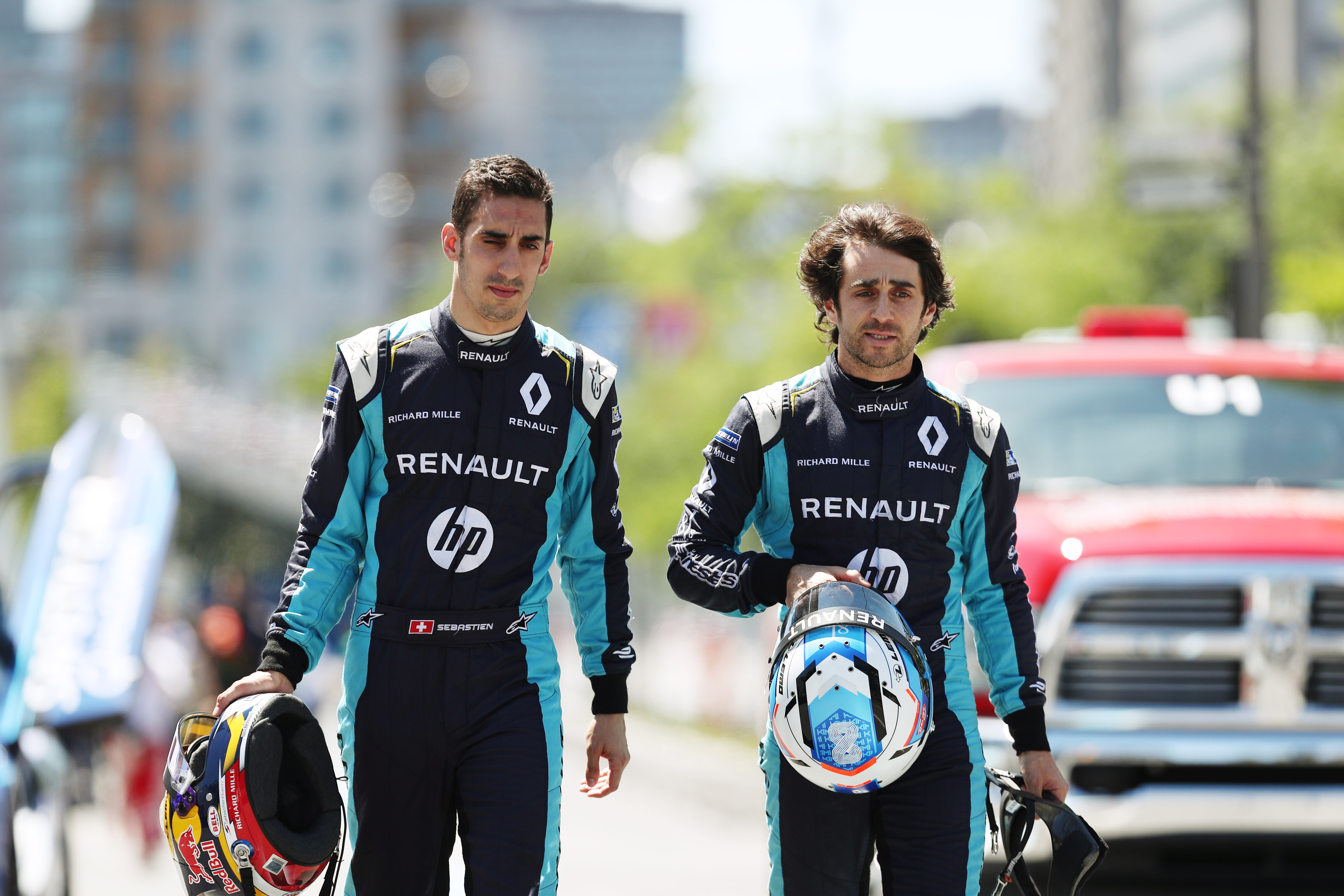
Renault e.Dams hit the ground running in season 3, picking up four wins in the first five races courtesy of Sébastien Buemi. The reigning champion seemed unstoppable, able to use the superior speed of the car to his advantage. Although Nico Prost did not secure a podium finish this year, he contributed to the team’s success by regularly finishing in the points. This gave the French team the edge over Abt Schaeffler Audi Sport.
Expect a similar dynamic next season as Renault has already confirmed that they are retaining Buemi and Prost. Stability surely will be an advantage. Many manufacturers are rumoured to be changing their line ups and recruiting drivers new to electric racing, but e.Dams are sticking to a formula with proven success in keeping two experienced drivers who know how to handle their cars.
The car is expected to be one of the strongest again next year as development will have occurred throughout the season. Buemi will undoubtedly be hungry to take his title back after losing it in such a dramatic fashion in Montréal. The team will also want to secure their fourth successive team title to cement their dominance in the series. Expect e.Dams to continue to use their successful formula next year.
Audi Sport Abt Schaeffler
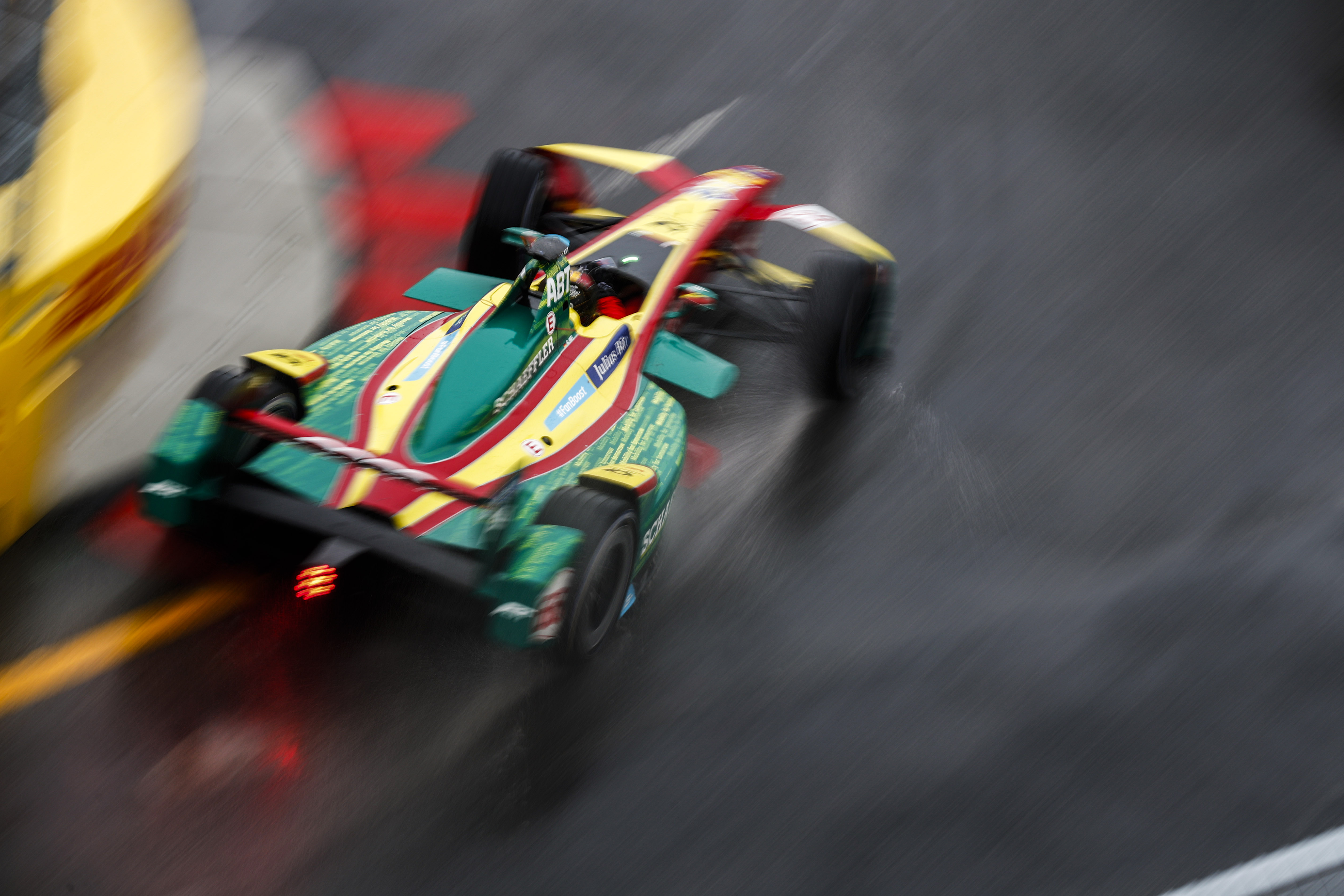
A name change beckons for the team that won the Driver’s Championship. Audi are officially taking charge of the German outfit and success is sure to follow them. Abt have had a surprisingly successful season, collecting two race wins and the championship for Lucas di Grassi. The team have made some clever strategic decisions, resulting in success in Hong Kong and Mexico to great effect. The success can only continue into season 4 as Audi comes into the frame as an official partner.
The likelihood is that the lineup at the German team will remain unchanged as both drivers have ties to the manufacturers. Di Grassi will want to secure a second successive title and Daniel Abt has proved that he can back up his teammate in order to achieve results. Stability again could be an advantage, certainly within this team as they hand over to their new partner.
Audi have no distractions from other series and will therefore have been able to develop their technology to focus on giving the best car to their drivers. They will want results and having di Grassi as a works driver with proven success will only heighten their expectations. Expect Audi’s increased involvement, coupled with di Grassi’s hunger, to bring them results and the hope of their first Teams’ Championship—a title that has so far eluded the German outfit.
Mahindra Racing
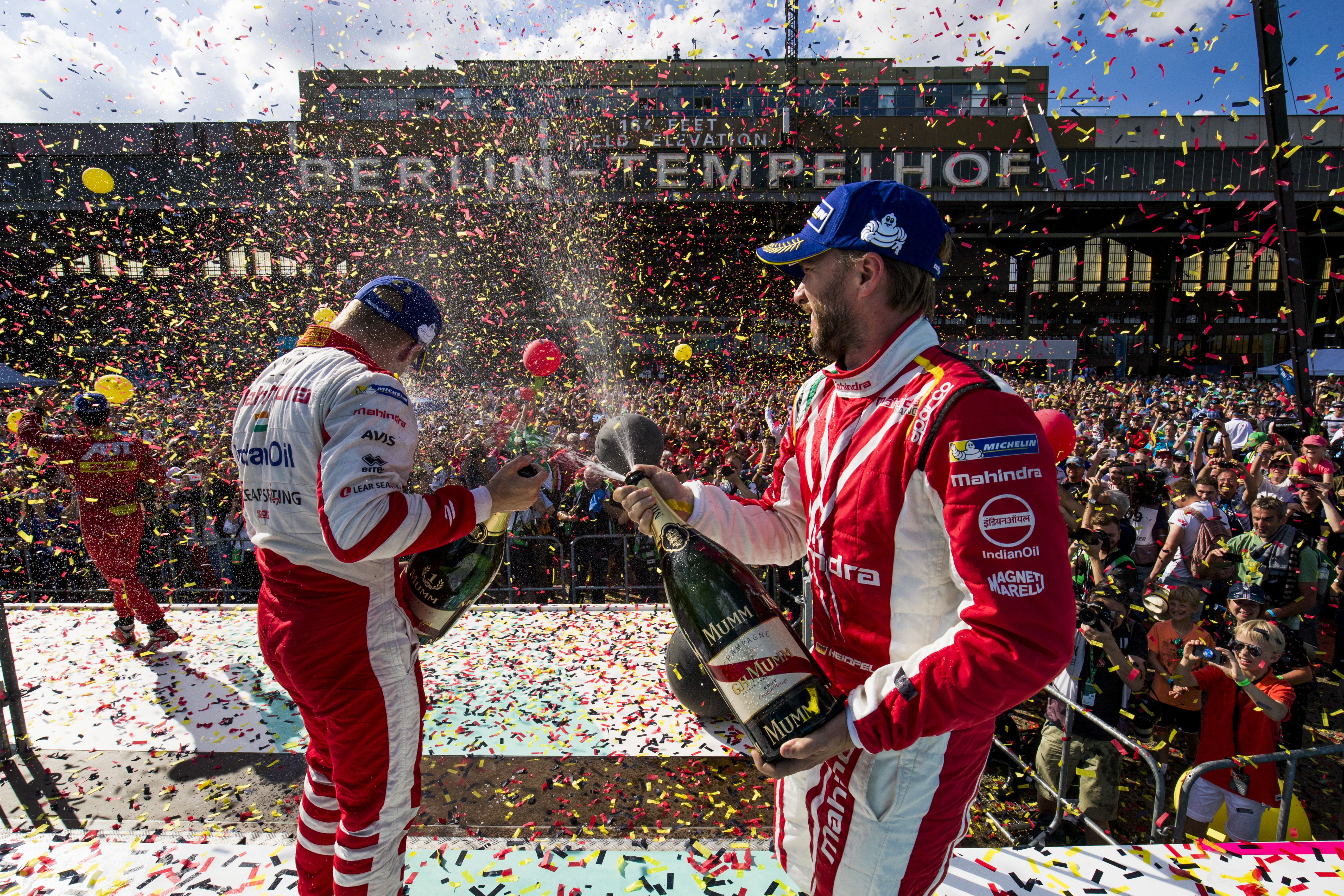
Arguably one of the standout teams this season, Mahindra managed to rip apart the Abt vs e.Dams battle that has been raging for the past two seasons. Nick Heidfeld has certainly delivered results, taking five podium finishes and helping Mahindra towards securing third place in the teams’ standings over DS Virgin.
However, it’s Felix Rosenqvist that has been somewhat of a revelation in season 3. Rosenqvist has shown star potential and that he could certainly be a future champion within the series. He took an impressive win in Berlin and would have repeated the same feat the following day if it wasn’t for an unfortunate penalty.
Mahindra need to retain Rosenqvist and therefore, they need to ensure that their car remains competitive in season 4. They will face stiff competition, certainly as Audi and BMW step up their involvement within their respective teams but they will have pushed development throughout the season. It’s expected that Mahindra will retain both of their drivers. Stability will improve the outfit and both drivers are extremely capable of producing results. Rosenqvist will want to have a chance of the title next year and with the way things are progressing, it would be foolish to write him off as a serious competitor.
DS Virgin Racing
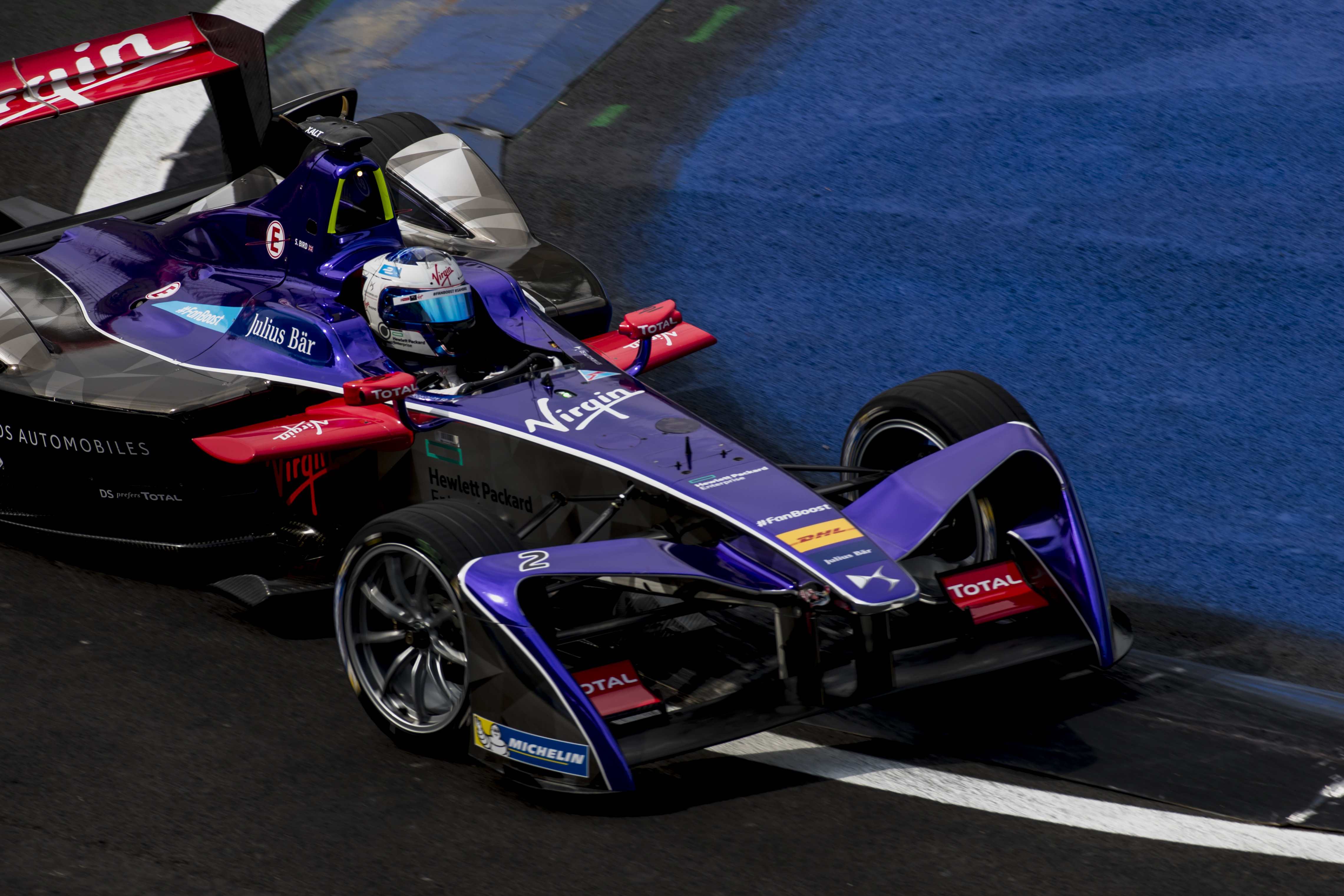
Finishing in fourth position, DS Virgin are a team in which their overall position does not showcase the entire picture. The car has been improved massively in season 3. They replaced the ‘pancake’ twin motor that hindered their progress in season 2, replacing it with a single motor and two speed gearbox, similar to Renault’s approach. The development worked in DS Virgin’s favour. Without the added weight, the car became lighter and easier to handle for the drivers. The British team will seek to develop the technology they have mastered further, as they will need to produce a car in season 4 worthy of giving Sam Bird a credible shot at the title.
Bird has been one of the standout stars of season 3, winning both races of the double header in New York. His strong results and his commitment will make the team want to retain the British driver. José María López, on the other hand, entered Formula E as a complete novice, but he has had moments of genius and showed that he can deliver. He can be the competition that Bird needs to elevate himself, shown in their many intra-team fights over the season.
The only problem for DS Virgin is that of their reserve driver, Alex Lynn. The young British driver showed excellent potential in snatching pole away from teammate Bird in his first race. Can DS retain Lynn? He has excellent potential for the future but other teams could have an eye on him. Lynn certainly will not want to spend another season on standby. Although retaining Bird and López would allow for stability, Lynn certainly appears to be a driver to watch in the future and DS Virgin will have a headache over what to do for next season. Despite this, DS Virgin are certain to build on their successes in season 3, poised to be a future challenger for the title.
Techeetah
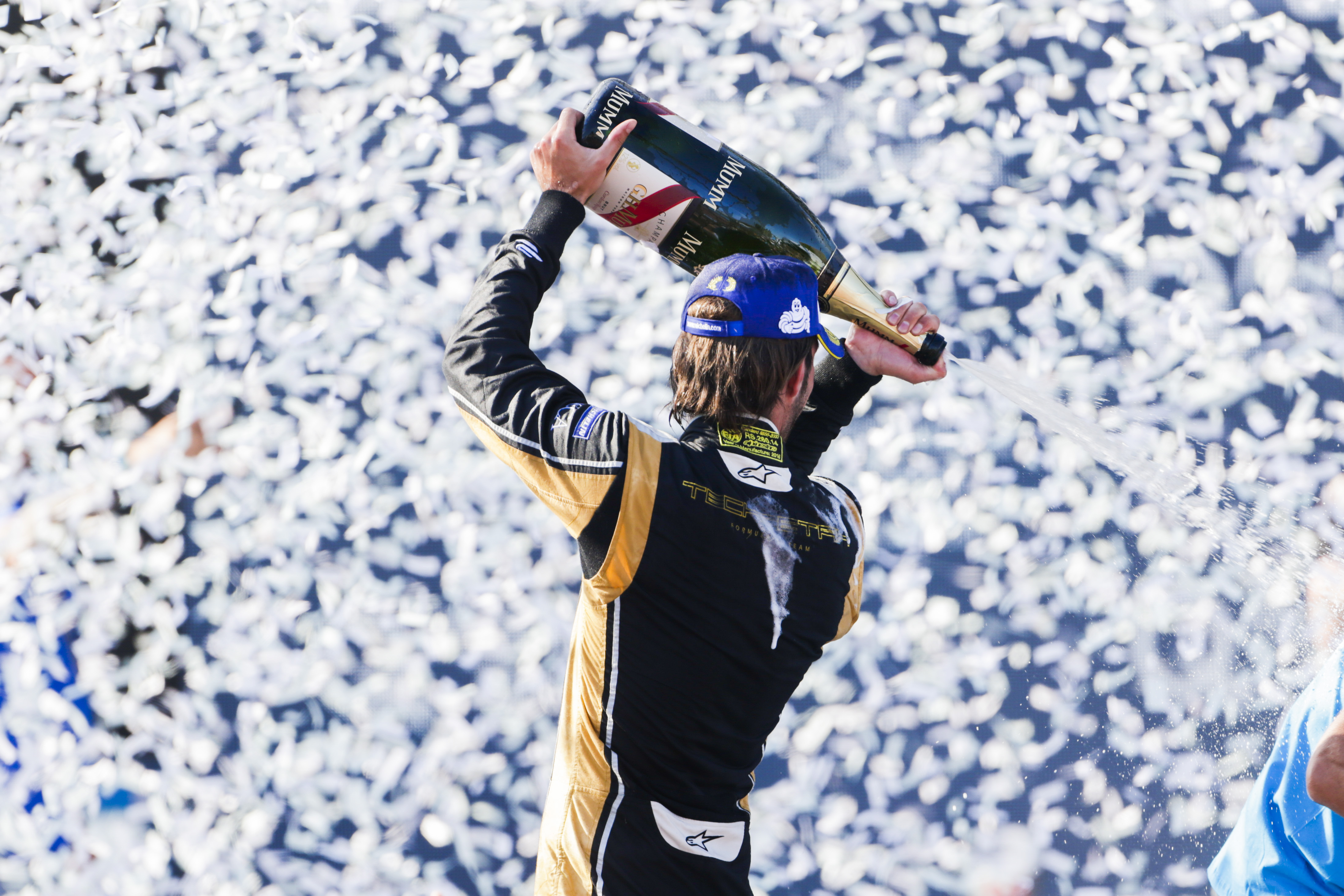
The Chinese team have gone from strength to strength this season, finally able to provide a car in which Jean-Éric Vergne could take his first Formula E win. Techeetah are a Renault customer, so expect improvements within the powertrain technology. After ushering Ma Qing Hua and Esteban Gutiérrez through the revolving doors, the team seem to have developed a good team dynamic with Vergne and Stéphane Sarrazin. Both are experienced drivers, who have cut their teeth in the sport since the inaugural season. Vergne has shown that he can deliver results, taking one race win and four second place podiums. It is expected that the Chinese team will retain him, certainly on the basis of his success over the season.
New team recruit Sarrazin has had mixed luck, picking up two podium finishes but suffering from a handful of races in which he did not score any points. There is certainly a question mark over his future in the team. Although he has delivered, he is ageing and would not be considered a long-term prospect. Could Techeetah change their driver line up again next season? It seems a bit absurd to do so. Sarrazin is a seasoned driver, capable of delivering results when needed and he has no prior racing commitments, a factor that could determine other driver’s futures.
The stability of retaining their successful drivers would certainly aid the team in development. However, despite the unstable nature of their line up, Techeetah have produced some good results in season 3. Regardless of what they do, expect to see them duelling with the top cars next year as they continue to develop.
NextEV NIO
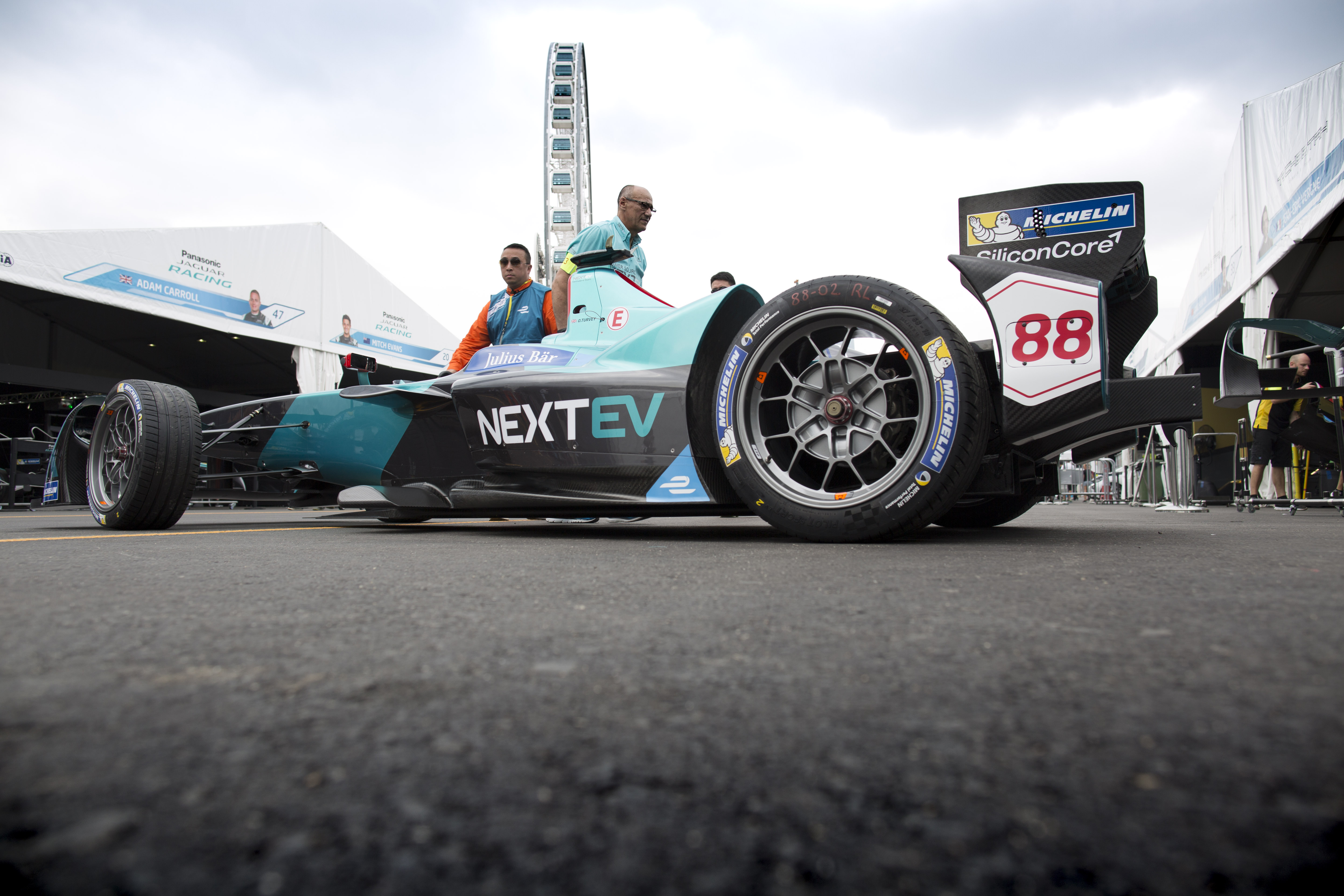
NextEV NIO have had a relatively quiet season. Nevertheless, they have managed to achieve some success. Oliver Turvey and Nelson Piquet Jr have given the team a healthy supply of points throughout the season. Turvey scored his first pole in Mexico City and Piquet secured pole in the first race, but their progress seems to have been hindered by the same problem that DS Virgin faced in season 2. NextEV operate a heavier twin ‘pancake’ motor set up without a multi-speed gearbox, and the lack of lower and higher gears could have potentially hindered the performance; it’s uncertain if NextEV NIO will continue with this set up into next season or if they will revise the concept.
The car has often let the drivers down, leaving them vulnerable to attack. Turvey has the potential needed to turn the team into a force to be reckoned with if he has the machinery to do it. The NextEV NIO car needs to be competitive next year or they will face losing former champion Piquet. He has not hidden his frustrations with the car’s performance this season. If he is given reassurance that the team will be able to compete with the top runners, he will stay. After his success in season one, he will be hungry to take the title that was once his. Can NextEV retain Piquet, move forward and develop a more competitive car? Only time will tell.
MS Amlin Andretti
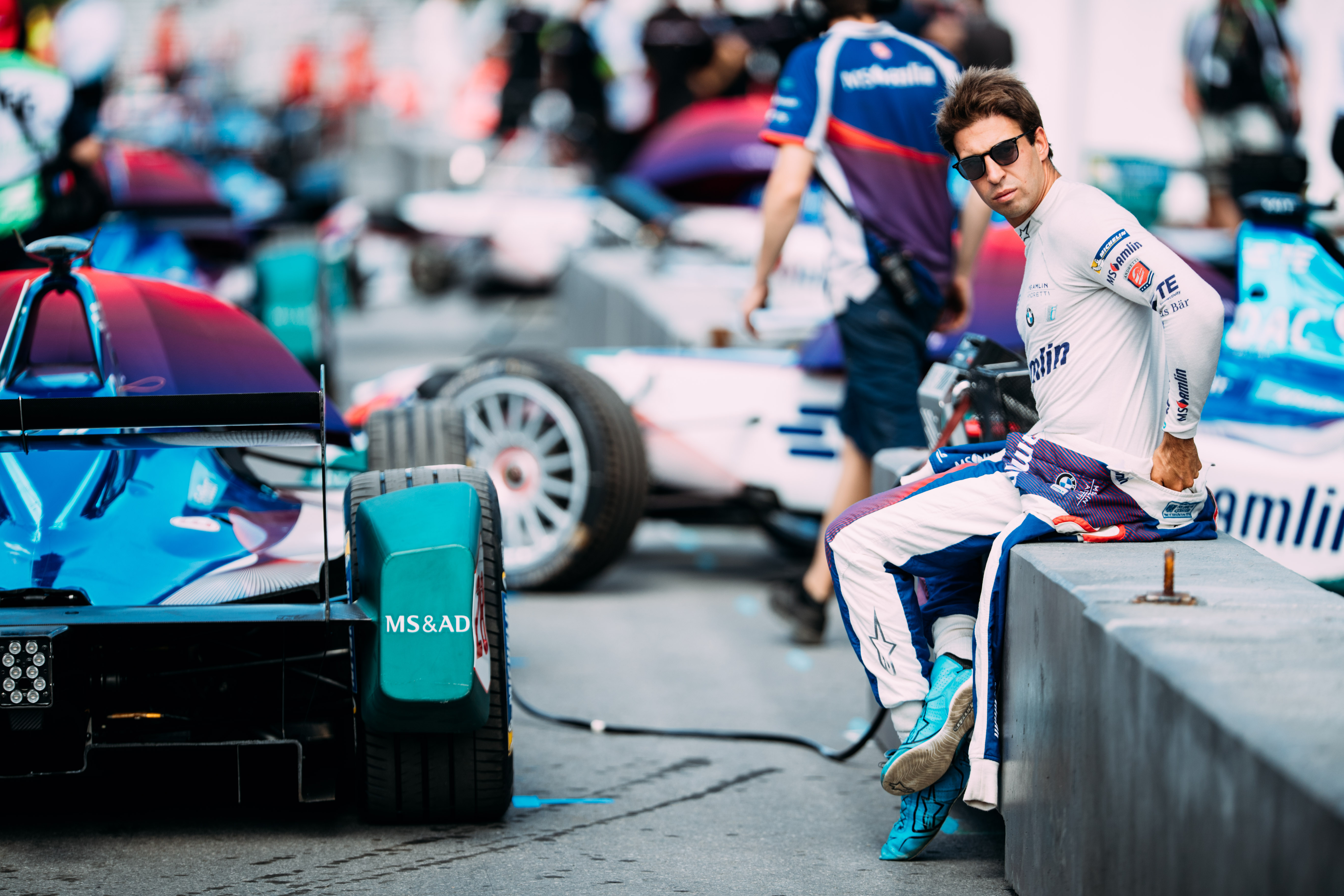
Andretti have had a mixed season. Some of the settings used in testing were incorrect for the handling of the car and have been unable to be changed due to the regulations. This has shown in their results as their highest finish was 5th place, courtesy of António Félix Da Costa in Hong Kong. They have claimed a few points positions over the course of the season but have suffered from a number of unfortunate accidents and retirements.
Andretti have always appeared to be on the back foot, ever since they reverted back to the specification technology in season two. The development has progressed since then, although there are still teething issues as it is their first full development of their own powertrain. However, things are looking a little brighter for the American team. The giant of BMW has confirmed that it will begin to take over the running of Andretti next year in preparation for the introduction of their own powertrain in season 5.
Improvements should be seen within the technology in the Andretti car from next season. BMW have placed themselves in a prime spot, copying the model that Audi put forward, by developing and testing technologies within these first few seasons before the 250kW regulation comes into play. They have also begun to bring their own staff into the outfit and the driver line up is expected to change to reflect this. Da Costa has had a poor season marred by accidents, but he is a BMW works driver and will be expected to stay in the team.
Robin Frijns’ future is a little more unclear. Although he has achieved better results than his teammate, he has an Audi Blancpain contract and BMW will want more control over who drives for them next season. It is expected that Frijns will leave the team, possibly going elsewhere and Alexander Sims will be brought in as his replacement. Although Sims is a BMW driver, he would be at a disadvantage as he has relatively little Formula E experience. Season 4 could well be a work in progress for the American team and we may not see clear-cut results until season 5 when BMW fully takes over the reins.
Faraday Future Dragon Racing
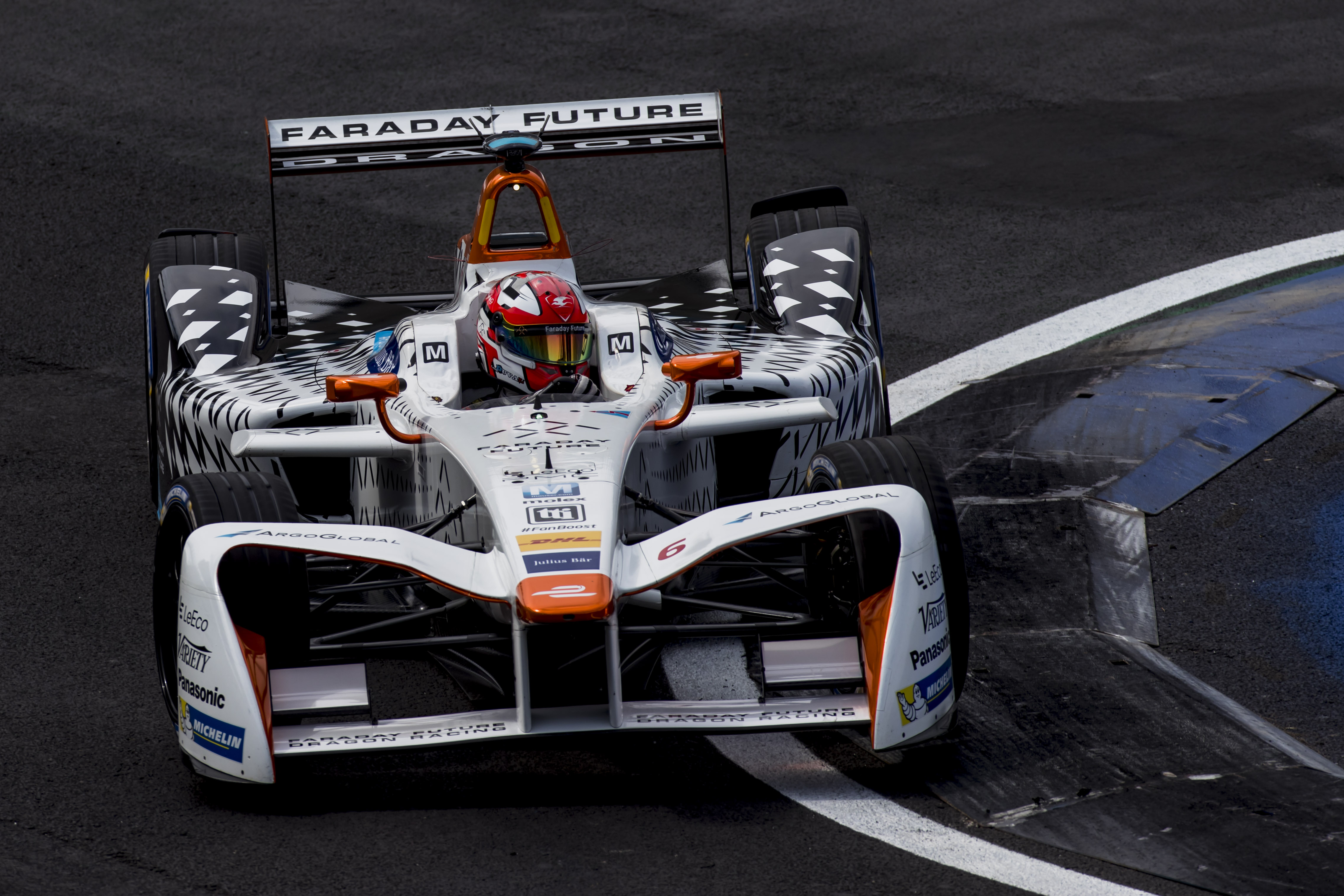
Season 3 was one to forget for the American outfit. After sharing Venturi’s effective powertrain in season 2, they moved to adopt their own in season 3, but the niggles of a new power system were seen in the results of their two experienced drivers Jérôme d’Ambrosio and Loïc Duval. Their cars were simply not competitive enough and they often fell victim to first lap accidents. However, season 3 was somewhat of a teething year for their new technology and they could potentially refine this next year, adopting other teams’ successful approaches.
They do have another advantage in retaining the talented d’Ambrosio for season 4. The Belgian has shown in previous seasons that he is capable of producing results, securing a number of wins and podiums in previous seasons. Although the competitiveness of the machinery he worked with this year has hindered his progress, he showed what he was capable of with a defensive masterclass in Mexico City, able to hold the chasing Vergne off for much of the race despite having lower useable energy.
Duval, on the other hand, seems to have driven his last race for the American team. He has had a torrid season, marred by accidents and retirements and he chose to uphold his DTM commitments over the Formula E race in Paris. His results and attitude could cause owner Jay Penske to look elsewhere for a more committed driver. Dragon are a far cry from the team they were—but if they can develop their technology, they stand a chance of being competitive in season 4.
Venturi
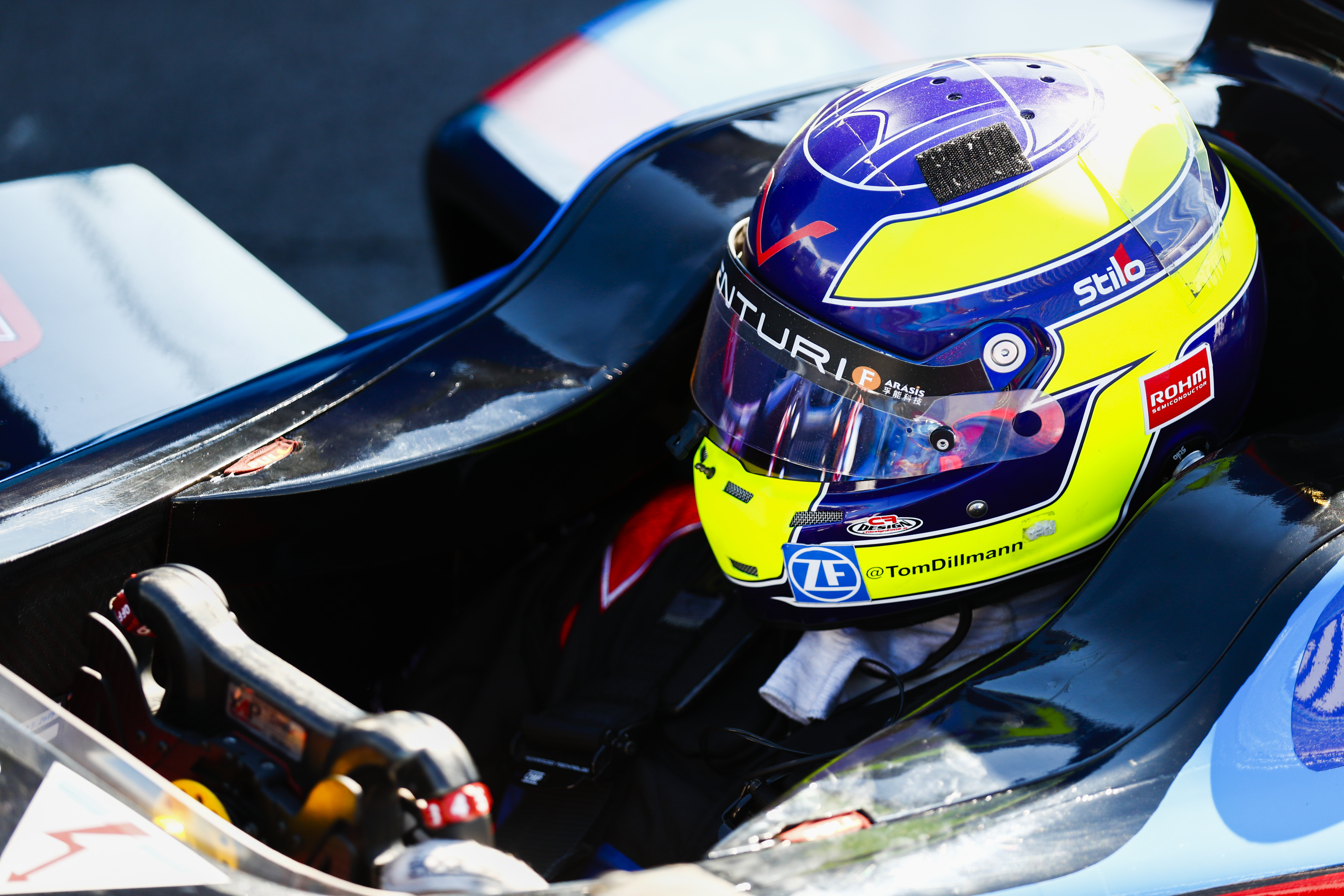
The Monegasque team has had a relatively quiet but unstable season. Their successful powertrain of season 2 was retained but it was the details within the technology that were refined. The older technology, however, caused the team to fall behind the rest of the pack. Many teams had moved on and introduced new technology and concepts to their cars, leaving Venturi behind.
They also suffered a few blows in terms of their driver line up. They lost the experienced Mike Conway before season 3 even started, the British driver choosing to focus on his Toyota WEC commitments. Maro Engel, a familiar face within DTM, was brought in to replace the departing Conway; he has shown some promise but remains inconsistent, still adapting to electric racing. Venturi also lost Stéphane Sarrazin to Techeetah, bringing in rookie Tom Dillmann to take his vacant seat.
Dillmann has so far impressed in season 3, finding his feet before finishing in the points in the last three races. Such instability can have contributed by Venturi’s poor showing this season. Dillmann hasn’t been given enough time to show his potential and Engel too was a novice, both drivers have done a fairly good job, given the machinery they’ve been given. However, if Venturi refine their technology, they may want to cast their eye over the paddock and bring in new drivers who could push their cars to the next level.
Panasonic Jaguar Racing
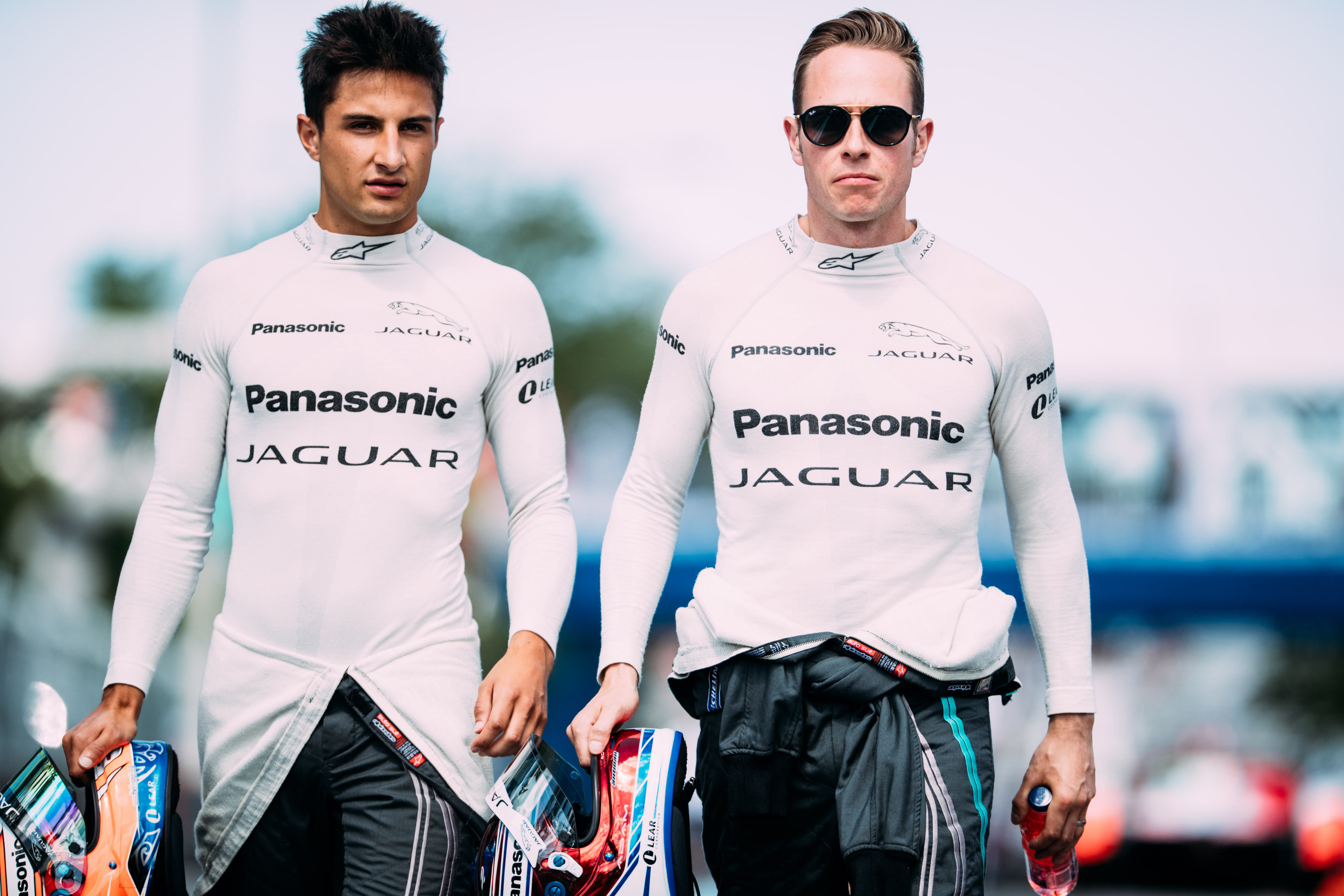
The new boys to Formula E have certainly had a season to remember. They entered season 3 through a more traditional approach—choosing to create their own powertrain and their own technology, rather than partnering with another team. It certainly seems to be a risk that was worth taking. Although suffering from a shaky start, Jaguar have learned fast and applied these revisions to their car, and there is no doubt that this development will continue into season 4.
Mitch Evans and Adam Carroll soon began to use the machinery they had been given to their advantage. Evans was consistent in qualifying and managed to secure Jaguar’s highest position of fourth place at the Mexico City ePrix. He has produced some excellent results despite driving a car still in the early stages of its development. It is expected that he will be retained.
Carroll on the other hand, has not performed as well. However, these teething issues are part and parcel of being a relatively new Formula E team. Carroll is proven as an experienced driver in many other motorsport series’ and his involvement with the team as they work through their infancy could keep him with the team. Stability could a key as Jaguar seek to refine and develop their car into one that shows competitiveness. Placing an inexperienced driver into Carroll’s seat could hinder the remarkable progress that Jaguar have made. No matter what happens with their line up, expect Jaguar to further develop their technology, drawing influence from what other teams have produced over the course of season 3.
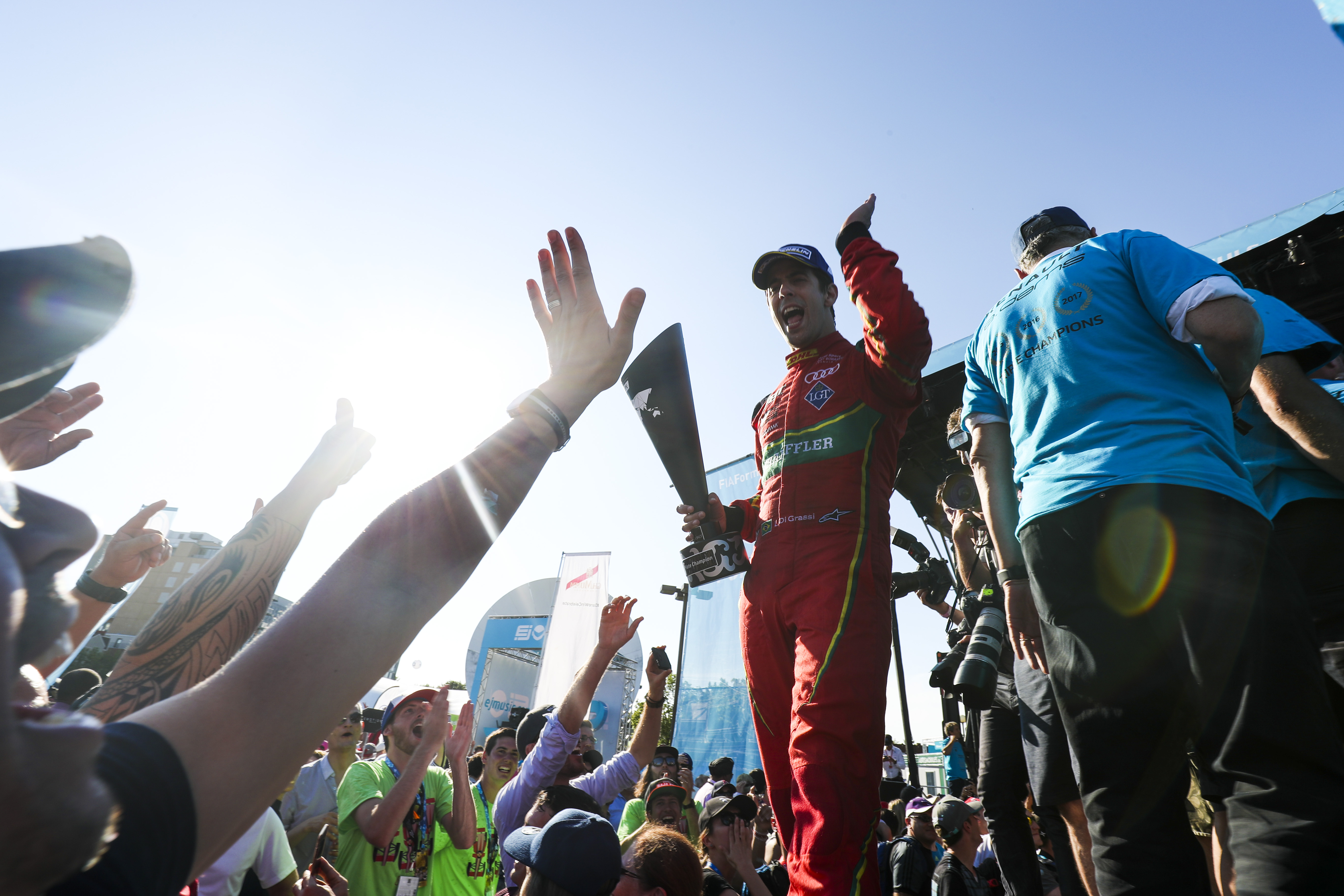
Season 4 of Formula E will undoubtedly be interesting. The technology within the powertrain will continue to be refined in preparation for the one-car set up in season 5. Manufacturers will push the boundaries, using tried and tested technology and newly refined concepts in order to fight for the honour of the Teams’ Championship.
Mercedes and Porsche could also have a role in the new season, despite not coming in until season 5. They could choose to partner with a team in order to exchange data and technology. Do not expect either team to enter the series unprepared. In season 3, nine rookies entered the series either for a single race or an entire season. They all contributed to making the season an interesting one to watch. The uncertainty over some drivers’ seats for season 4 will again make the prospect of fresh blood entering the electric series a exciting one. Whatever happens, it’s certain that Formula E is here to stay and will continue to grow into the new season.
